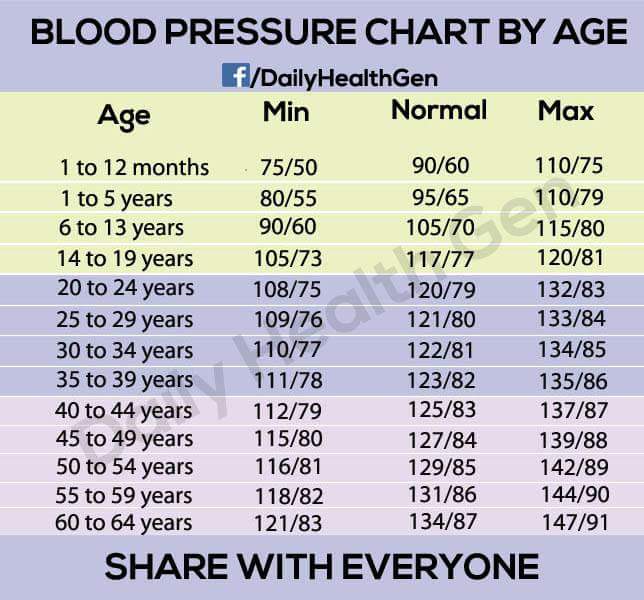

Stress test - during a stress test, you will do some form of exercise to get your heart pumping faster and then you will be monitored with an echocardiogram or electrocardiogram.Echocardiogram - can show detailed images of the heart to determine structure and function.Electrocardiogram (ECG) - can detect the heart’s electrical signals to detect heart rhythm or structural abnormalities, as well as problems with the supply of oxygen-rich blood to the heart.Blood tests - can help you determine if you have hypoglycemia (low blood sugar), hyperglycemia/diabetes (high blood sugar) or anemia (low red blood count).Tests that your doctor may order include:

The physician may also order other diagnostic tests to determine the underlying cause of the condition. In most cases, your doctor will monitor you over a series of visits to evaluate if the low blood pressure is a consistent pattern. One abnormally low blood pressure reading without any other symptoms will usually not cause concern. Call 911 immediately if you suspect you are suffering from extreme hypotension. If you have cold, clammy or pale skin, rapid or shallow breathing, weak or rapid pulse or confusion, you could be suffering from extreme hypotension, which could lead to death. Most doctors don’t consider hypotension serious unless it produces noticeable symptoms such as: Other serious conditions - if you have diabetes or Parkinson’s disease, you have a higher risk for developing hypotension.Medications - medications, such as alpha blockers, can lower blood pressure.Approximately 10-20% of people older than 65 have postural hypotension. Age - your risk of low pressure increases as you age.There are several causes of hypotension including:


 0 kommentar(er)
0 kommentar(er)
